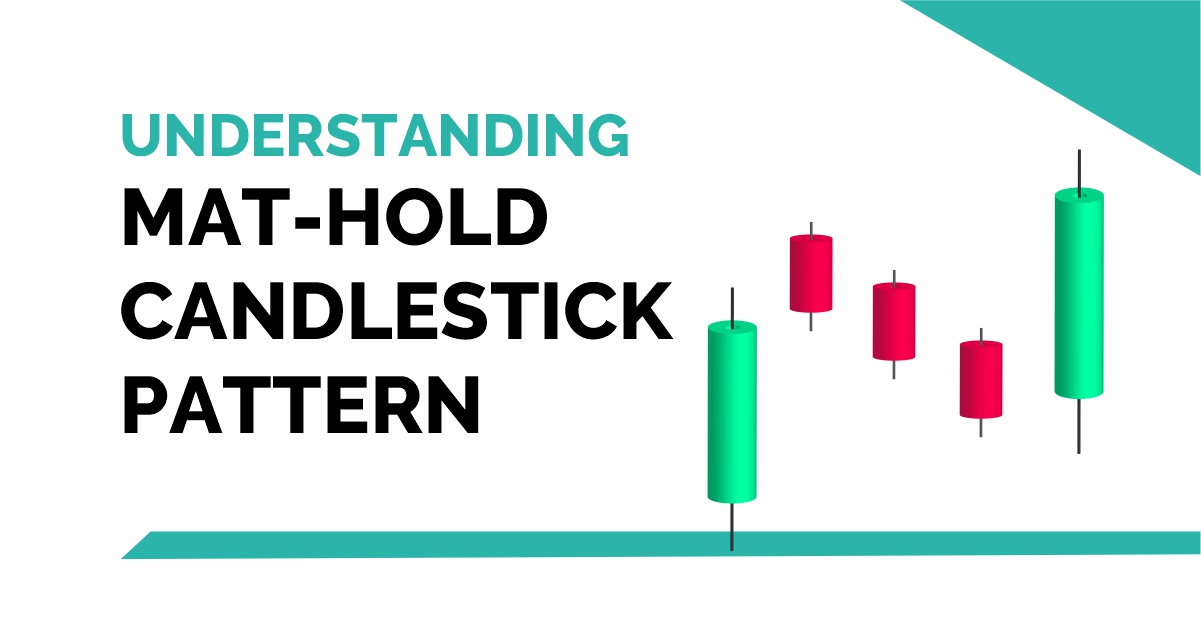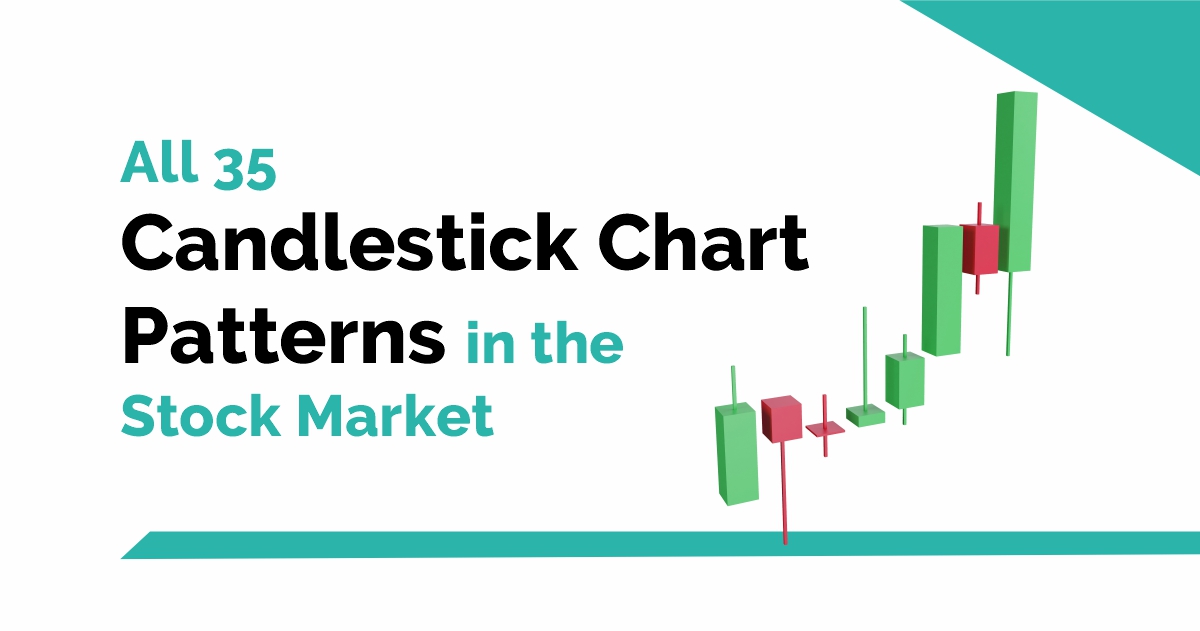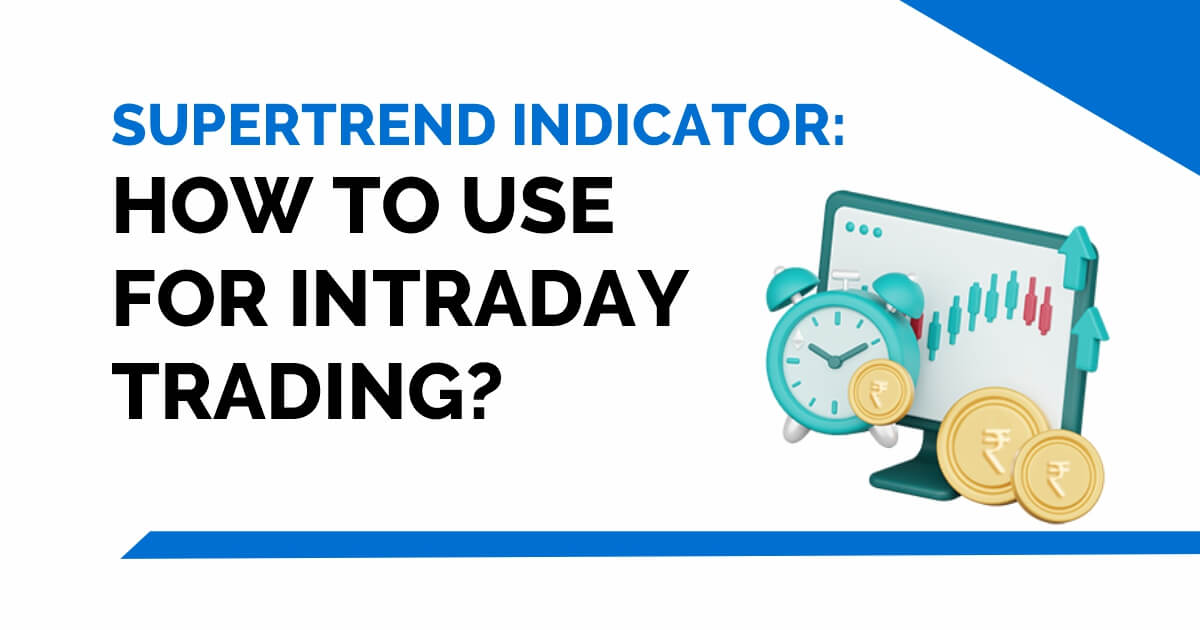The Mat-Hold candlestick pattern is a five-candlestick pattern that appears during a trend and indicates that the market is likely to continue moving in the same direction. The pattern can be bullish or bearish, and it can be found in all assets and time frames. When applied appropriately, it has a high success rate.
In today’s blog, let us discuss in detail the mat-hold candlestick pattern-
What is Mat-Hold Candlestick Pattern?
A candlestick formation known as a mat hold pattern shows the continuation of a previous move.
Mat hold patterns can be bullish or bearish. A bullish pattern consists of a large upward candle, a gap higher, and three smaller candles that move downward. These candles must stay above the first candle’s low point. The fifth candle is a huge candle that is moving upwards once more. The pattern appears as part of a larger upward trend.
Candles one and five are large down candles in the bearish version, while candles two through four are smaller and travel to the upside. These candles must stay below the first candle’s peak point. A long candle to the downside, candle five, completes the pattern. It has to happen during a decline.
Formation
You must be aware of three key aspects to recognise the Mat Hold candlestick pattern:
- During a bullish or bearish trend, the Mat Hold pattern appears.
- Five candlesticks make up the pattern: a bullish or bearish candle, three opposite candles, and another candle in the same direction as the first.
- In either the bullish or bearish variation, the last candle must close above (or below) the previous fourth candle.
What do traders interpret?
When a bullish mat hold pattern appears in an uptrend, it indicates that the trend is likely to resume to the upside. Traders can buy near the fifth candle’s closure (big up candle) or begin a long trade on the next candle. A stop loss is usually placed below the fifth candle’s low.
When a bearish mat hold pattern appears within a downtrend, the downtrend is likely to resume and prices will fall further. Traders may sell or short near the fifth candle’s close or on the next candle. Short positions have a stop loss above the fifth candle’s high.
Both variations of the pattern are quite uncommon. They illustrate that the price is firmly moving in the trending direction (candle one), with only slight pressure in the opposite direction (candles two through four) before it resumes its trending movement (candle five).
Trading Example
You’re seeking to join an existing trend when you trade the Mat Hold pattern. As a result, you’re waiting for the market to retrace in order to jump on board without incurring too many risks.
As previously stated, the Mat Hold chart pattern can emerge in bullish and bearish trends. Because it’s a continuation chart pattern, you’ll want to pair it with Fibonacci retracement levels to understand support and resistance levels better.
Read More- All 35 Candlestick Chart Patterns in the Stock Market
Bottomline
The mat hold pattern is difficult to come by. However, it happens occasionally, and the price does not always move in the expected direction when the pattern is followed.
For the mat hold pattern, there is no profit target. The pattern does not show how far the price could go if it moves as planned. Another method, such as trend analysis technical indicators or possibly another candlestick pattern, will be required to determine an exit.
The mat hold pattern is best used in conjunction with other types of analysis because it can be unreliable if traded alone.








